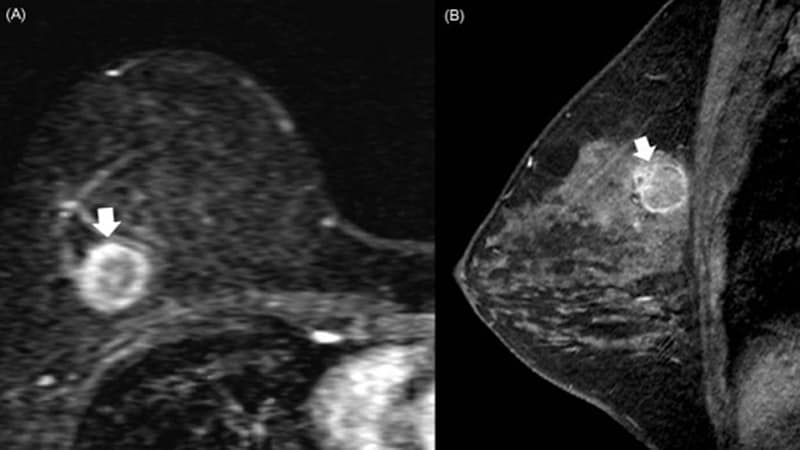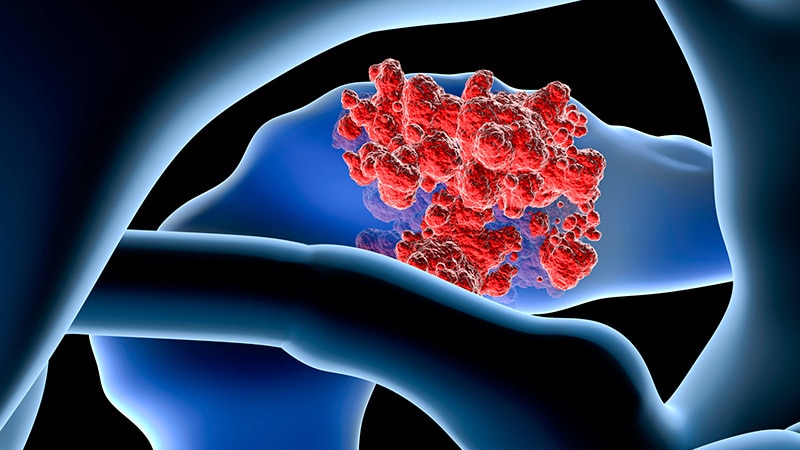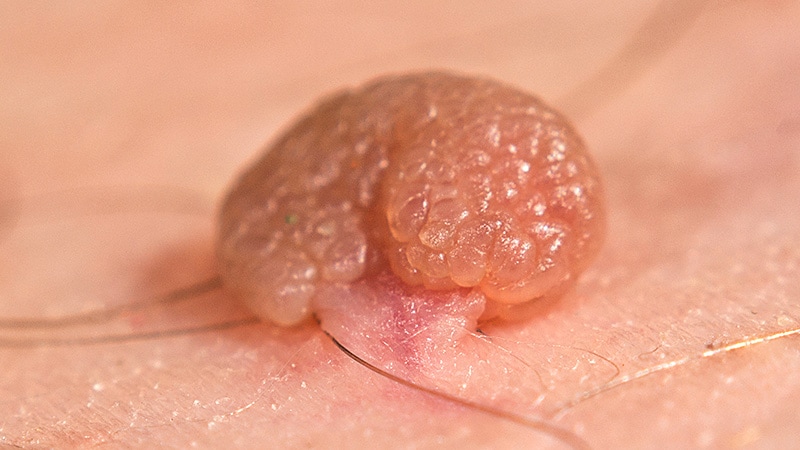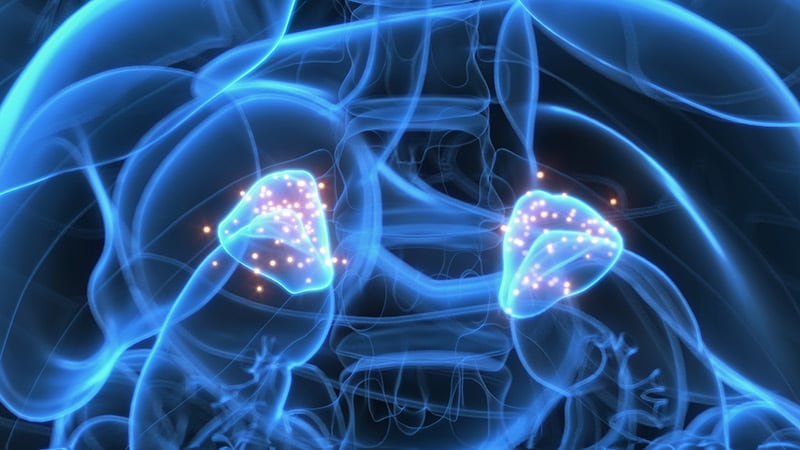A contentious scientific debate is clouding prospects for a deeper understanding of the microbiome's role in cancer, a relatively young field of research that some believe could lead to breakthroughs in the diagnosis and treatment of the second-leading cause of death in the United States.
Last year, the controversy heightened when experts questioned a high-profile study — a 2020 analysis claiming that the tumors of 33 different cancers had their own unique microbiomes — on whether the "signature" of these bacterial compositions could help diagnose cancer.
The incident renewed the spotlight on "tumor microbiomes" because of the bold claims of the original paper and the strongly worded refutations of those claims. The broader field has focused primarily on ways the body's microbiome interacts with cancers and cancer treatment.
This controversy has highlighted the challenges of making headway in a field where researchers may not even have the tools yet to puzzle-out the wide-ranging implications the microbiome holds for cancer diagnosis and treatment.
But it is also part of a provocative question within that larger field: whether tumors in the body, far from the natural microbiome in the gut, have their own thriving communities of bacteria, viruses, and fungi. And, if they do, how do those tumor microbiomes affect the development and progression of the cancer and the effectiveness of cancer therapies?
Cancer Controversy
The evidence is undeniable that some microbes can directly cause certain cancers and that the human gut microbiome can influence the effectiveness of certain therapies. Beyond that established science, however, the research has raised as many questions as answers about what we do and don't know about microbiota and cancer.
The only confirmed microbiomes are on the skin and in the gut, mouth, and vagina, which are all areas with an easy direct route for bacteria to enter and grow in or on the body. A series of papers in recent years have suggested that other internal organs, and tumors within them, may have their own microbiomes.
"Whether microbes exist in tumors of internal organs beyond body surfaces exposed to the environment is a different matter," said Ivan Vujkovic-Cvijin, PhD, an assistant professor of biomedical sciences and gastroenterology at Cedars-Sinai Medical Center in Los Angeles, whose lab studies how human gut microbes affect inflammatory diseases. "We've only recently had the tools to study that question on a molecular level, and the reported results have been conflicting."
For example, research allegedly identified microbiota in the human placenta nearly one decade ago. But subsequent research contradicted those claims and showed that the source of the "placental microbiome" was actually contamination. Subsequent similar studies for other parts of the body faced the same scrutiny and, often, eventual debunking.
"Most likely, our immune system has undergone selective pressure to eliminate everything that crosses the gut barrier because there's not much benefit to the body to have bacteria run amok in our internal organs," Vujkovic-Cvijin said. "That can only disrupt the functioning of our tissues, to have an external organism living inside them."
T he controversy that erupted last summer, surrounding research from the lab of Rob Knight, PhD, at the University of California, San Diego, centered on a slightly different but related question: Could tumors harbor their own microbiomes?
Medscape Medical News spoke with two of the authors who published a paper contesting Knight's findings: Steven Salzberg, PhD, a professor of biomedical engineering at John Hopkins Medicine, Baltimore, Maryland, and Abraham Gihawi, PhD, a research fellow at Norwich Medical School at the University of East Anglia in the United Kingdom.
Salzberg described two major problems with Knight's study.
"What they found were false positives because of contamination in the database and flaws in their methods," Salzberg said. "I can't prove there's no cancer microbiome, but I can say the cancer microbiomes that they reported don't exist because the species they were finding aren't there."
Knight disagrees with Salzberg's findings, noting that Salzberg and his co-authors did not examine the publicly available databases used in his study. In a written response, he said that his team's examination of the database revealed that less than 1% of the microbial genomes overlapped with human ones and that removing them did not change their findings.
Knight also noted that his team could still "distinguish cancer types by their microbiome" even after running their analysis without the technique that Salzberg found fault with.
Salzberg said that the database linked above is not the one Knight's study used, however. "The primary database in their study was never made public (it's too large, they said), and it has/had about 69,000 genomes," Salzberg said by email. "But even if we did, this is irrelevant. He's trying to distract from the primary errors in their study," which Salzberg said Knight's team has not addressed.
The critiques Salzberg raised have been leveled at other studies investigating microbiomes specifically within tumors and independent of the body's microbiome.
For example, a 2019 study in Nature described a fungal microbiome in pancreatic cancer that a Nature paper 4 years later directly contradicted, citing flaws that invalidated the original findings. A different 2019 study in Cell examined pancreatic tumor microbiota and patient outcomes, but it's unclear whether the microorganisms moved from the gut to the pancreas or "constitute a durably colonized community that lives inside the tumor," which remains a matter of debate, Vujkovic-Cvijin said.
A 2020 study in Science suggested diverse microbial communities in seven tumor types, but those findings were similarly called into question. That study stated that "bacteria were first detected in human tumors more than 100 years ago" and that "bacteria are well-known residents in human tumors," but Salzberg considers those statements misleading.
It's true that bacteria and viruses have been detected in tumors because "there's very good evidence that an acute infection caused by a very small number of viruses and bacteria can cause a tumor," Salzberg said. Human papillomavirus, for example, can cause six different types of cancer. Inflammation and ulcers caused by Helicobacter pylori may progress to stomach cancer, and Fusobacterium nucleatum and Enterococcus faecalis have been shown to contribute to colorectal cancer. Those examples differ from a microbiome; this "a community of bacteria and possibly other microscopic bugs, like fungi, that are happily living in the tumor" the same way microbes reside in our guts, he said.
Knight said that many bacteria his team identified "have been confirmed independently in subsequent work." He acknowledged, however, that more research is needed.
Several of the contested studies above were among a lengthy list that Knight provided, noting that most of the disagreements "have two sides to them, and critiques from one particular group does not immediately invalidate a reported finding."
Yet, many of the papers Knight listed are precisely the types that skeptics like Salzberg believe are too flawed to draw reliable conclusions.
"I think many agree that microbes may exist within tumors that are exposed to the environment, like tumors of the skin, gut, and mouth," Vujkovic-Cvijin said. It's less clear, however, whether tumors further from the body's microbiome harbor any microbes or where they came from if they do. Microbial signals in organs elsewhere in the body become faint quickly, he said.
Underdeveloped Technology
Though Salzberg said that the concept of a tumor microbiome is "implausible" because there's no easy route for bacteria to reach internal organs, it's unclear whether scientists have the technology yet to adequately answer this question.
For one thing, samples in these types of studies are typically "ultra-low biomass samples, where the signal — the amount of microbes in the sample — is so low that it's comparable to how much would be expected to be found in reagents and environmental contamination through processing," Vujkovic-Cvijin explained. Many polymerases used to amplify a DNA signal, for example, are made in bacteria and may retain trace amounts identified in these studies.
Knight agreed that low biomass is a challenge in this field but is not an unsurmountable one.
Another challenge is that study samples, as with Knight's work, were collected during routine surgeries without the intent to find a microbial signal. Simply using a scalpel to cut through the skin means cutting through a layer of bacteria, and surgery rooms are not designed to eliminate all bacteria. Some work has even shown there is a "hospital microbiome," so "you can easily have that creep into your signal and mistake it for tumor-resident bacteria," Vujkovic-Cvijin said.
Knight asserted that the samples are taken under sterile conditions, but other researchers do not think the level of sterility necessary for completely clean samples is possible.
"Just because it's in your sample doesn't mean it was in your tumor," Gihawi said.
Even if scientists can retrieve a reliable sample without contamination, analyzing it requires comparing the genetic material to existing databases of microbial genomes. Yet, contamination and misclassification of genetic sequences can be problems in those reference genomes too, Gihawi explained.
Machine learning algorithms have a role in interpreting data, but "we need to be careful of what we use them for," he added.
"These techniques are in their infancy, and we're starting to chase them down, which is why we need to move microbiome research in a way that can be used clinically," Gihawi said.
Influence on Cancer Treatment Outcomes
Again, however, the question of whether microbiomes exist within tumors is only one slice of the much larger field looking at microbiomes and cancer, including its influence on cancer treatment outcomes. Although much remains to be learned, less controversy exists over the thousands of studies in the past two decades that have gradually revealed how the body's microbiome can affect both the course of a cancer and the effectiveness of different treatments.
The growing research showing the importance of the gut microbiome in cancer treatments is not surprising given its role in immunity more broadly. Because the human immune system must recognize and defend against microbes, the microbiome helps train it, Vujkovic-Cvijin said.
Some bacteria can escape the gut — a phenomenon called bacterial translocation — and may aid in fighting tumors. To grow large enough to be seen on imaging, tumors need to evolve several abilities, such as growing enough vascularization to receive blood flow and shutting down local immune responses.
"Any added boost, like immunotherapy, has a chance of breaking through that immune forcefield and killing the tumor cells," Vujkovic-Cvijin said. Escaped gut bacteria may provide that boost.
"There's a lot of evidence that depletion of the gut microbiome impairs immunotherapy and chemotherapy. The thinking behind some of those studies is that gut microbes can cross the gut barrier and when they do, they activate the immune system," he said.
In mice engineered to have sterile guts, for example, the lack of bacteria results in less effective immune systems, Vujkovic-Cvijin pointed out. A host of research has shown that antibiotic exposure during and even 6 months before immunotherapy dramatically reduces survival rates. "That's pretty convincing to me that gut microbes are important," he said.
Vujkovic-Cvijin cautioned that there continues to be controversy on understanding which bacteria are important for response to immunotherapy. "The field is still in its infancy in terms of understanding which bacteria are most important for these effects," he said.
Knight suggested that escaped bacteria may be the genesis of the ones that he and other researchers believe exist in tumors. "Because tumor microbes must come from somewhere, it is to be expected that some of those microbes will be co-opted from body-site specific commensals."
It's also possible that metabolites released from gut bacteria escape the gut and could theoretically affect distant tumor growth, Gihawi said. The most promising avenue of research in this area is metabolites being used as biomarkers, added Gihawi, whose lab published research on a link between bacteria detected in men's urine and a more aggressive subset of prostate cancers. But that research is not far enough along to develop lab tests for clinical use, he noted.
No Consensus Yet
Even before the controversy erupted around Knight's research, he co-founded the company Micronoma to develop cancer tests based on his microbe findings. The company has raised $17.5 million from private investors as of August 2023 and received the US Food and Drug Administration's Breakthrough Device designation, allowing the firm to fast-track clinical trials testing the technology. The recent critiques have not changed the company's plans.
It's safe to say that scientists will continue to research and debate the possibility of tumor microbiomes until a consensus emerges.
"The field is evolving and studies testing the reproducibility of tumor-resident microbial signals are essential for developing our understanding in this area," Vujkovic-Cvijin said.
E ven if that path ultimately leads nowhere, as Salzberg expects, research into microbiomes and cancer has plenty of other directions to go.
"I'm actually quite an optimist," Gihawi said. "I think there's a lot of scope for some really good research here, especially in the sites where we know there is a strong microbiome, such as the gastrointestinal tract."

.webp) 2 weeks ago
5
2 weeks ago
5

























 English (US)
English (US)